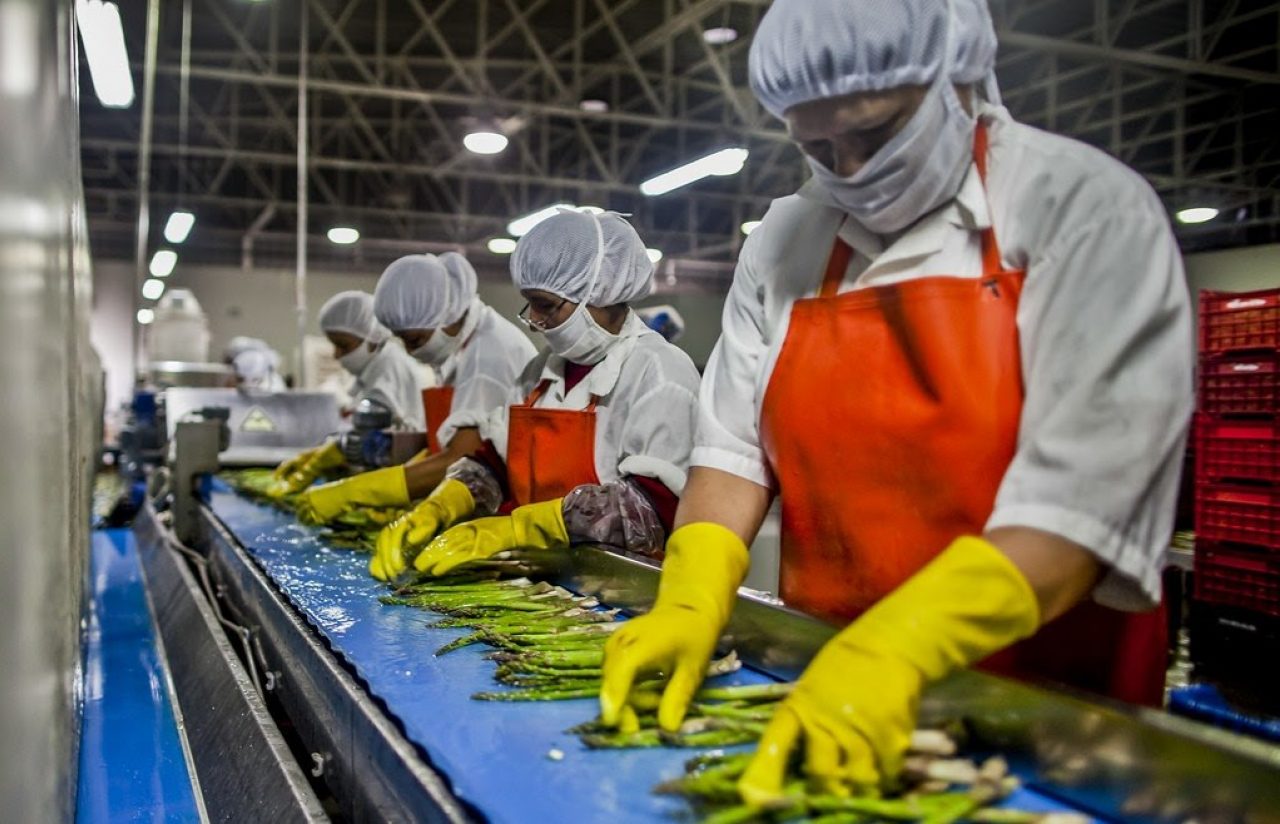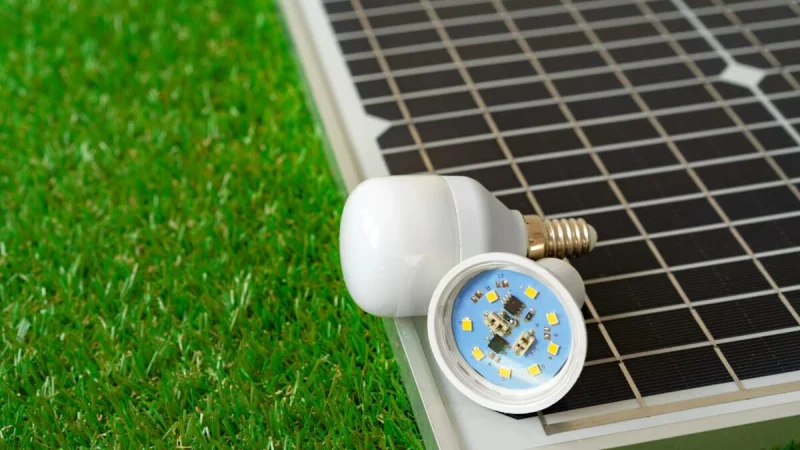The Basics of Vegetable Processing Plants

Vegetable processing plants are an important part of food production and consumption. They are used to convert raw vegetables into a variety of processed products that can be sold at grocery stores, restaurants, and other outlets. This article will discuss the basics of how vegetable processing plants work and the types of products they produce
Overview of Vegetable Processing Plants
Vegetable processing plants are facilities responsible for the preparation, packaging, and manufacturing of vegetable products. These plants are typically equipped with a variety of machines and equipment that are used to process, package, and store the products. The process begins with the harvesting of fresh vegetables which are then transported to the plant for further processing. At the plant, the vegetables are cleaned, sorted, and cut into desired shapes and sizes. The vegetables are then blanched, cooked, and cooled before being packaged, sealed, and labeled for sale.
Types of Products Produced by Vegetable Processing Plants
Vegetable processing plants are capable of producing a wide range of products, including canned and frozen vegetables, vegetable juices and concentrates, sauces, soups, and other prepared foods. These products are often used in restaurants, grocery stores, and other food outlets. The products also provide a convenient way to add more vegetables to one’s diet.
Benefits of Vegetable Processing Plants
Vegetable processing plants offer numerous benefits to consumers, including increased convenience, improved nutritional value, and reduced food waste. Vegetable processing plants are able to preserve the freshness and nutritional value of the vegetables, while also providing a convenient way to incorporate more vegetables into one’s diet. Additionally, vegetable processing plants are able to reduce food waste by processing vegetables that may have otherwise gone to waste.
Vegetable Processing Plants
Despite the many benefits of vegetable processing plants, there are also some challenges associated with them. For example, the processes used to produce the products can be expensive and energy-intensive. Additionally, some of the products produced by these plants may contain added preservatives and other ingredients that may not be as healthy as the raw vegetable.
Conclusion
Vegetable processing plants are an important part of the food production process, providing a way to preserve and prepare fresh vegetables for sale. These plants offer numerous benefits to consumers, such as increased convenience and improved nutritional value. However, there are also some challenges associated with vegetable processing plants, including the costs and energy needed to produce the products.






